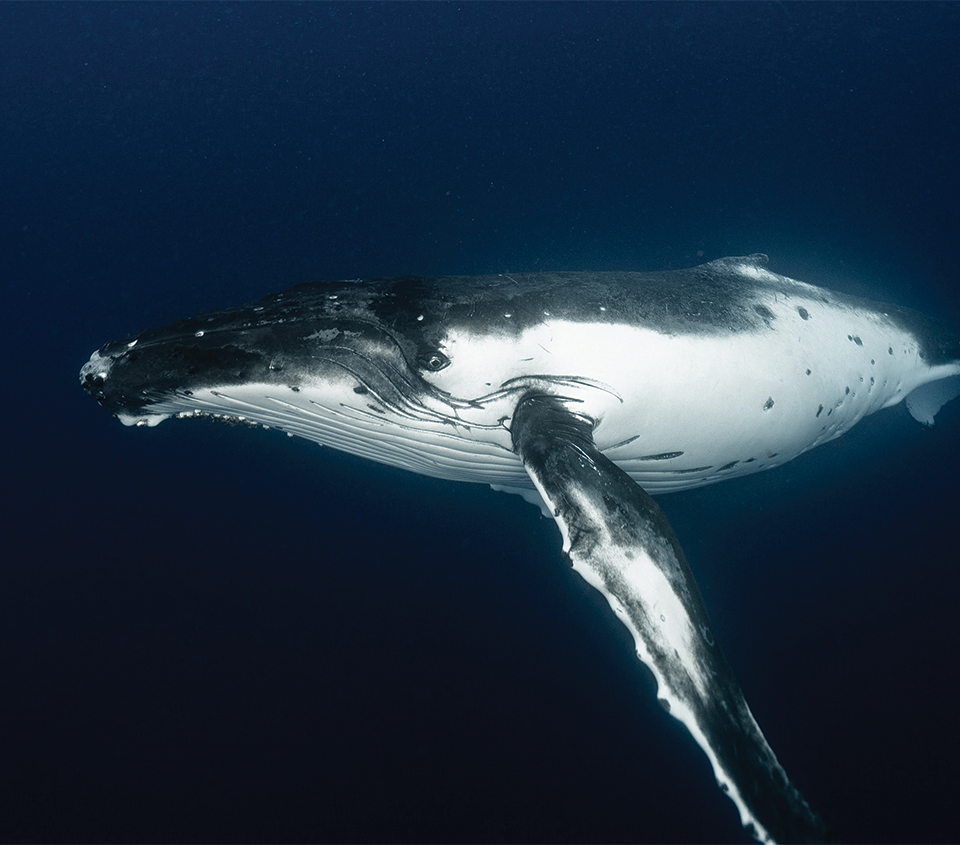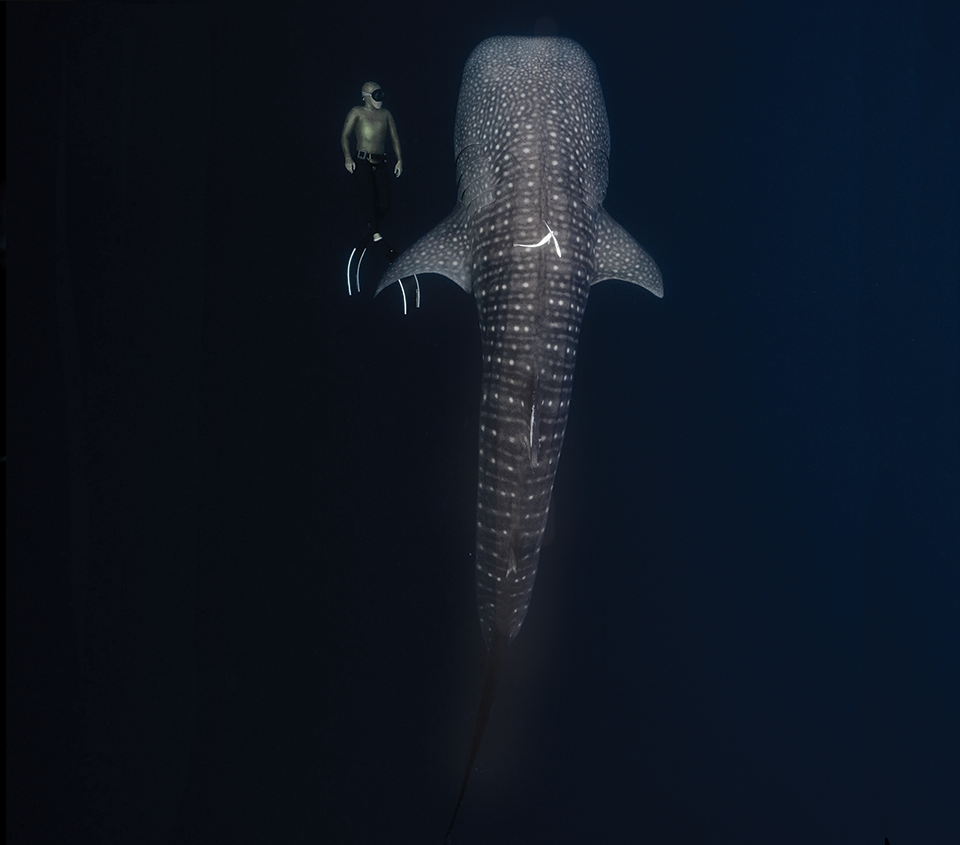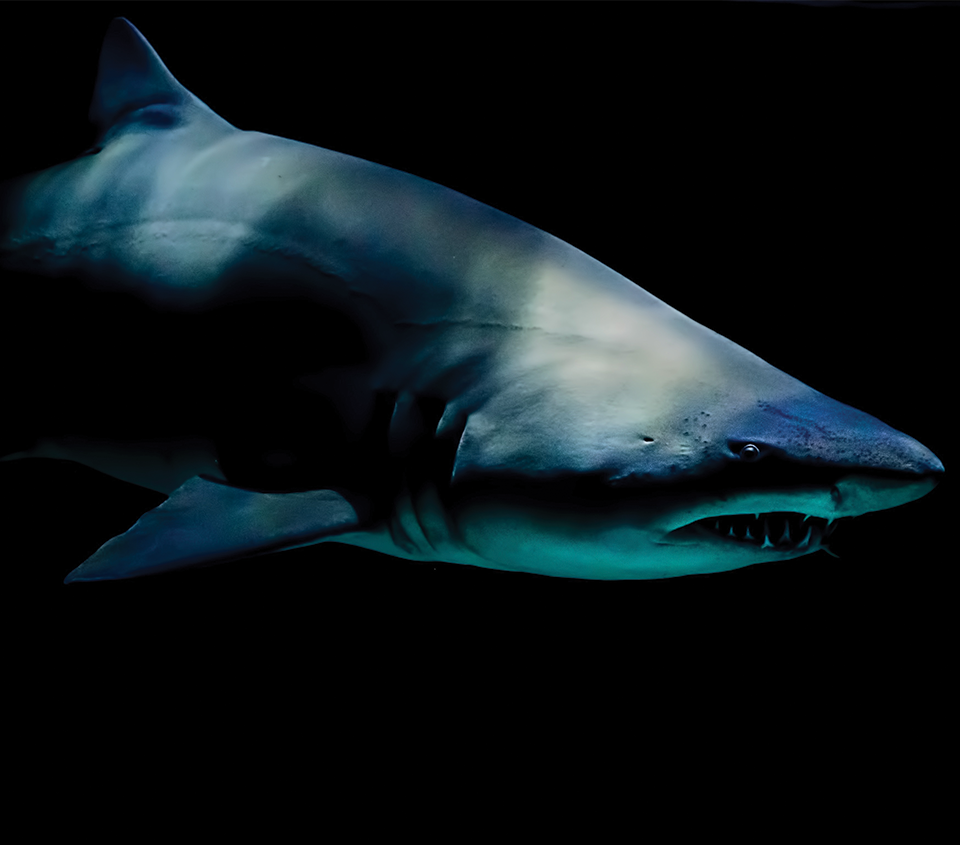Phynitty Loggers
Advanced technology to deliver accurate data
Manitty’s advanced biomonitoring solution is leveraging state-of-the-art technology to allow insights like never before.
Phynitty devices deliver precise neurologic, physiologic and behavioral data, redefining the possibilities in biomonitoring.
Our commitment to innovation provides a tailored approach at the intersection of technology and neuroscience, allowing you to delve into the complexities of brain function.
Phynitty NANO

Ultra compact solution
Perfect Solution for non intrusive research and Small Animal Studies.
No more complexity, collect the data you really need with ease.
Smaller, less energy-consuming and equipped with 8 recording channels, as well as an embedded inertial unit, it will be easy to collect multiple cerebral, physiological and behavioral data over long periods of time.
Practicality is its asset, efficiency will be your moto.
Phynitty MAX

Beyond the limits of the lab
Collect your data anywhere and anytime in the wild.
Thanks to its wide range of features, explore previously unknown horizons. Collect complex data easily and without limitations with a single system. With 12 recording channels and an on-board inertial unit, this device combines power, accuracy and robustness.
Think bigger, think further with the MAX bio-logger

Biomonitoring Solutions
For All Your Complicated Needs
Manitty specializes in wildlife biomonitoring, offering precision solutions for understanding and protecting the physiological health of animals. Our team of experts works hand in hand with users, ensuring the delivery of reliable, world-class solutions. Our specialty lies in telemetry, empowering research on animal behavior, ecology, health, and migration, providing invaluable insights for conservation and scientific inquiry.
Mammals
Undoubtedly, mammals play an important role in ecosystems by providing essential services such as regulating populations, seed dispersal and pollination and act as indicators of general ecosystem health. Biomonitoring is often used in conjunction with other methods of monitoring, such as ethology, to provide a comprehensive picture of the state of an ecosystem, behaviors and/or a population.
Telemetry is often used in research and conservation efforts to study the behavior and ecology of animals, as well as to monitor their health and well-being. It can also be used to track the movements of wildlife migration and to study the impacts of human activities on animal populations. The Phynitty systems allows researchers to collect data from animals in their natural environments without disturbing them, to provide valuable insights into the behavior and ecology of these animals.
- Location: Natural Habitat
- Data: Cerebral, physiological, Behaviours, Mouvements, postures, circadian cycles
- Device: Phynitty WS - Biologger
Because of their close relationship with humans and their ability to be trained to perform specific tasks, dogs are well-suited for studies on animal behavior and cognition. They are also commonly used in research on the genetics of diseases and in the development of new therapies for a variety of medical conditions. Additionally, dogs are often used in research on the effects of human activities on animal populations and in the study of the impacts of climate change on wildlife.
Overall, the use of dogs as study animals can provide valuable insights into the biology and behavior of these animals.
These animals are often used as study animals in research on a wide range of topics, including behavior, ecology, and evolution. Foxes are highly adaptable animals and can be found in a variety of environments, which makes them well-suited for studies on the effects of habitat change on animal populations.
Additionally, foxes have complex social systems and behaviors, which make them interesting subjects for research on animal cognition and communication. Overall, the use of vulpes species as study animals can provide valuable insights into the biology and behavior of these fascinating animals.
They are also highly adaptable and can be found in a variety of habitats, which makes them well-suited for studies on the effects of habitat change on animal populations. Additionally, wolves are top predators in many ecosystems, which makes them important for research on the effects of predation on ecosystem dynamics.
Birds
The world of fluttering birds always fascinate us. Phynitty allows the exploration of the incredible life, color, and behaviors of winged creatures of the planet.
Birds are excellent environmental indicators–they are nature’s sentinels. Studying birds allows us to understand the overall health of our ecosystems and the environment. The decline of any single species of birds is a tragedy in itself, but can also indicate larger causes for concern.
Birds are often studied in research on migration, as they are well-known for their ability to travel long distances between their breeding and wintering grounds. Studying bird migration can provide valuable insights into the mechanisms behind this complex and fascinating behavior, as well as the factors that drive it. Researchers use a variety of methods to study bird migration, using the Phynitty systems to track the movements of individual birds , monitor bird populations at different locations, and analyze the migratory patterns of different species.
This research can help us better understand the factors that influence bird migration, such as changes in weather and habitat, as well as the effects of human activities on migratory bird populations.
- Location: Germany, Arctic
- Data: Cerebral & Physiological, flying altitude and speeds, localisation
- Device: Phynitty HR
Reptiles
Reptiles are often used as study animals in research on a wide range of topics, including behavior, ecology, evolution, and physiology. Because reptiles are ectothermic, or “cold-blooded,” they are well-suited for studies on thermoregulation and the effects of temperature on animal behavior and physiology. Additionally, reptiles have a wide range of reproductive strategies, including oviparity (egg-laying) and viviparity (live-bearing), which makes them interesting subjects for research on reproductive biology. Some reptile species are also highly adaptable and can be found in a variety of habitats, which makes them well-suited for studies on the effects of habitat change on animal populations.
- Location: Amazonas
- Data:
- Device: Phynitty HR
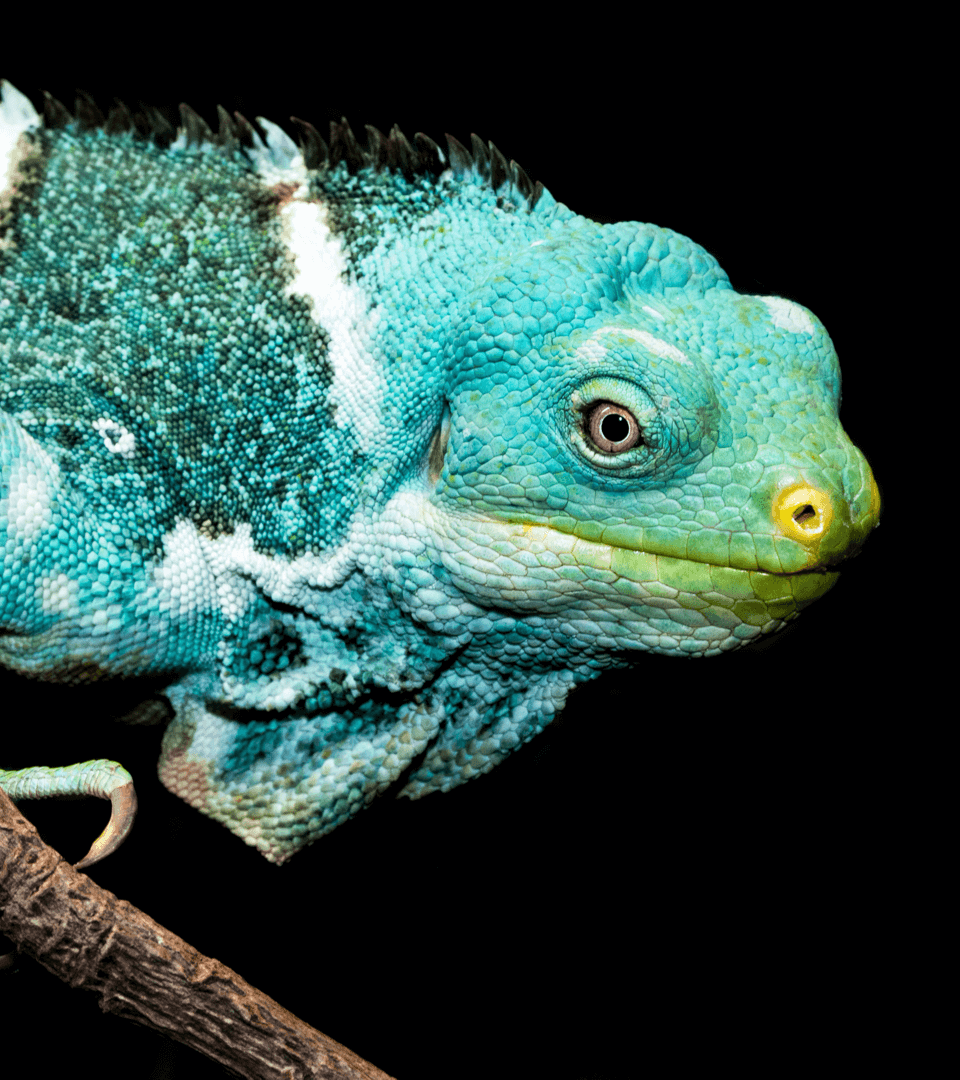
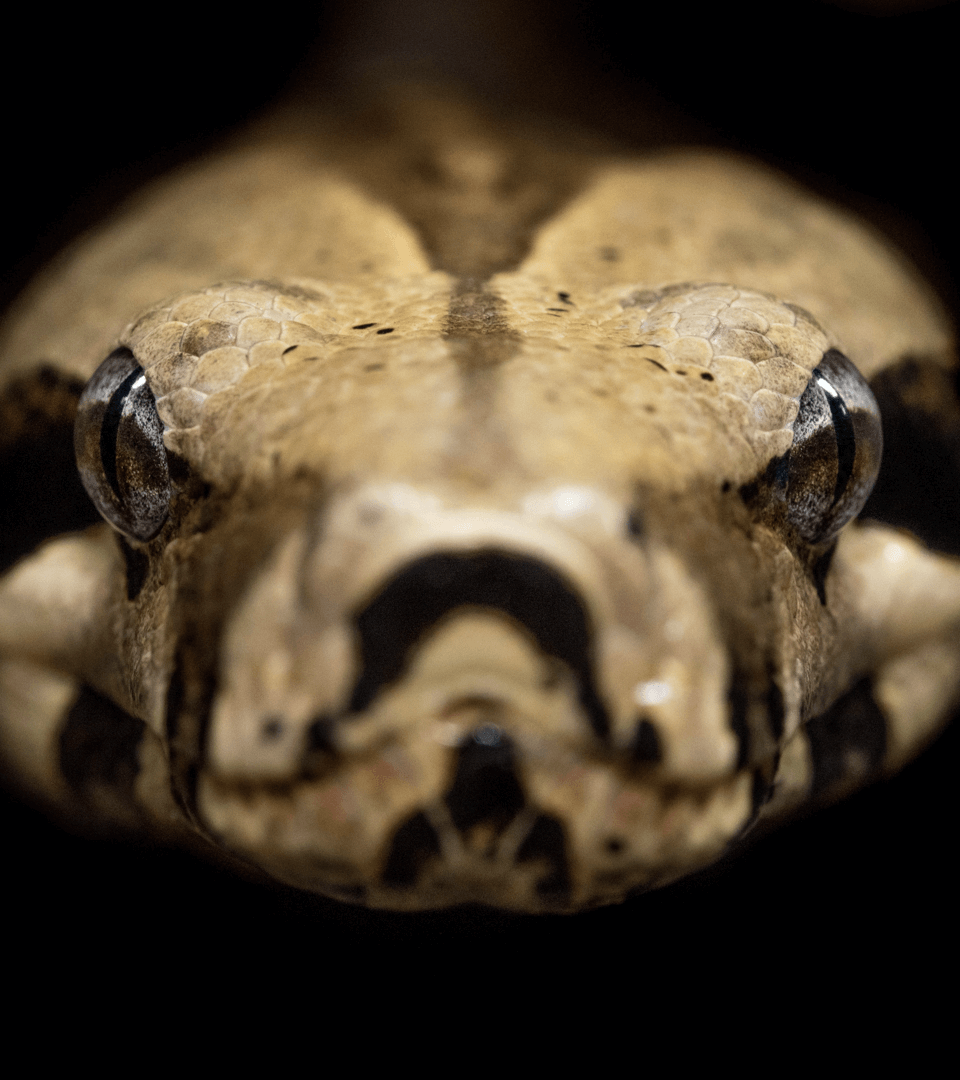
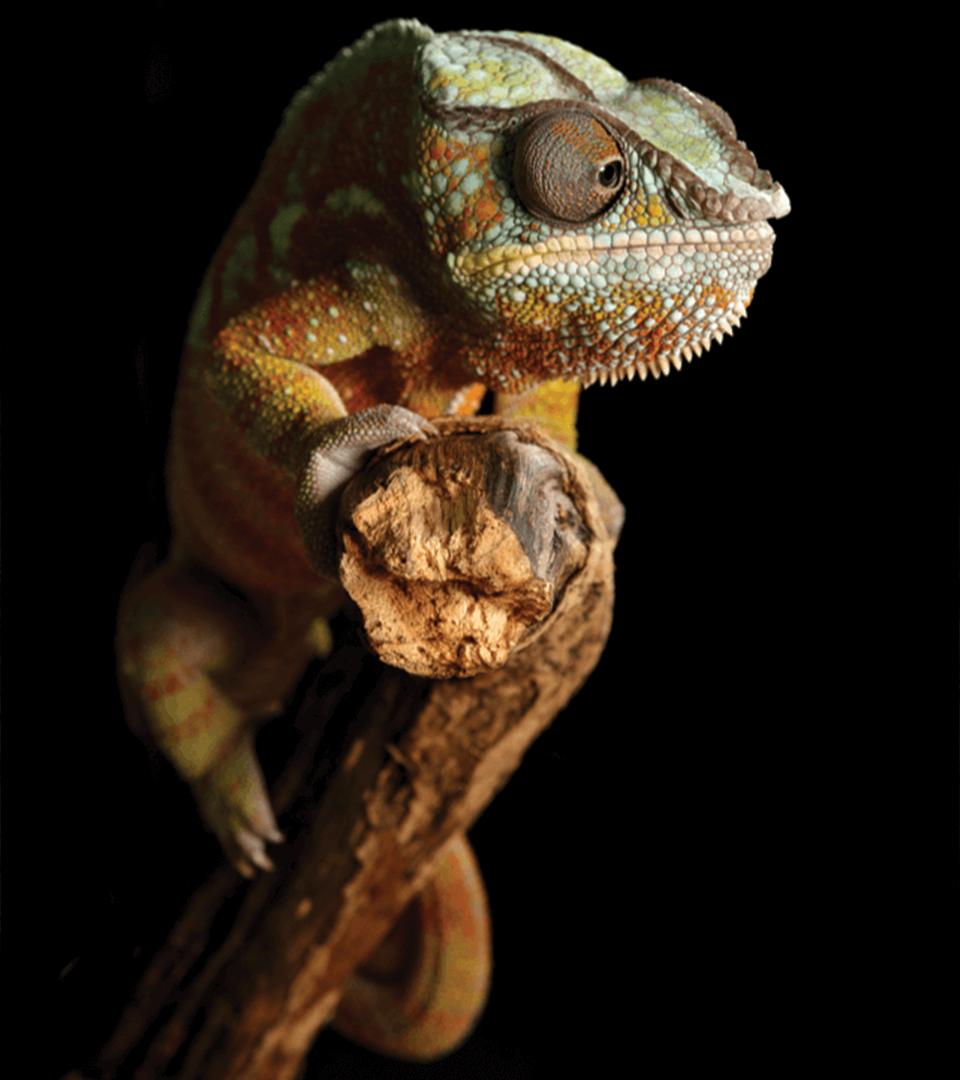
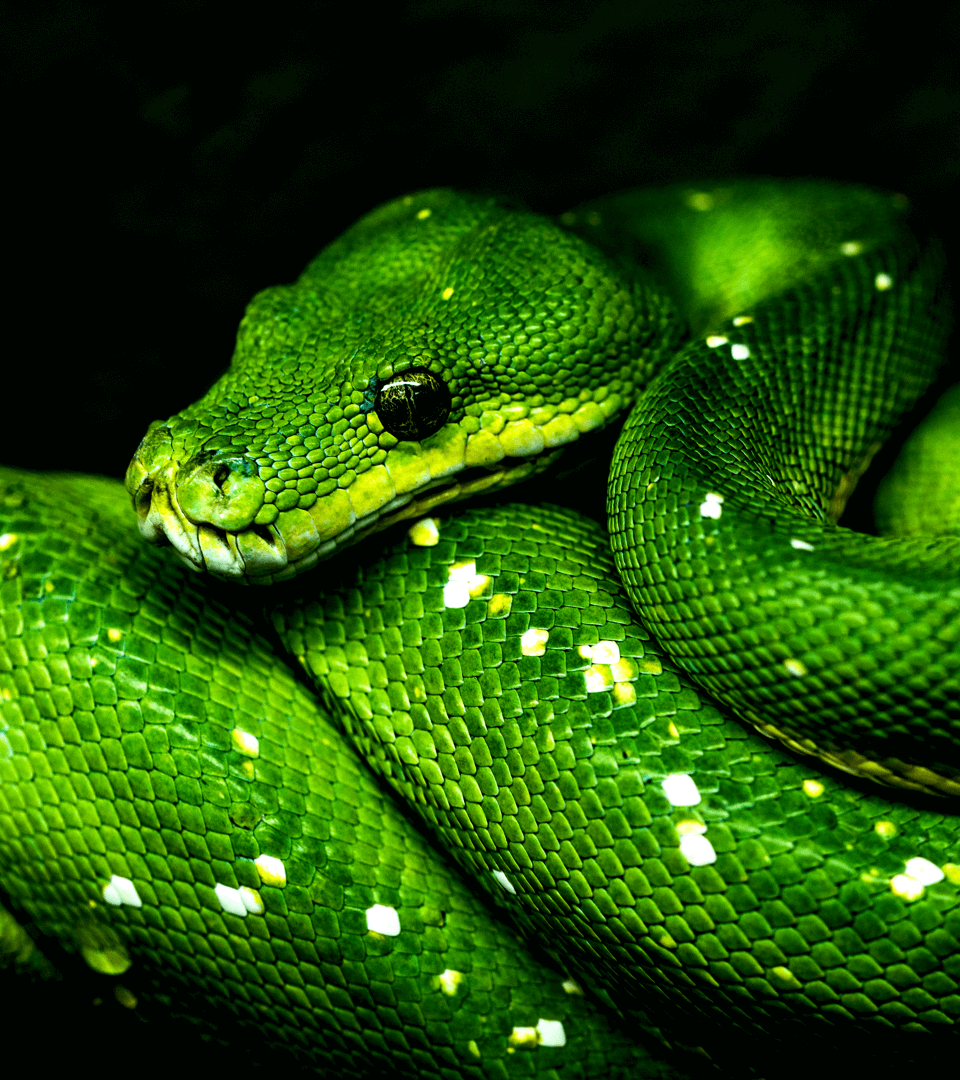

Aquatic Wildlife
Aquatic wildlife refers to the plant and animal species that live in aquatic environments, such as rivers, lakes, oceans, and wetlands. Research on aquatic wildlife focuses on a wide range of topics, including behavior, ecology, evolution, and conservation. This research can help us better understand the unique challenges and adaptations of aquatic species, as well as the factors that influence their populations and distribution. Aquatic wildlife research often involves studying the behavior and ecology of individual species, as well as the interactions between different species and their environments. It can also involve monitoring the health of aquatic ecosystems and the impacts of human activities on these ecosystems.
- Location: California, Arctic
- Data:
- Device:
Whales
Seals
